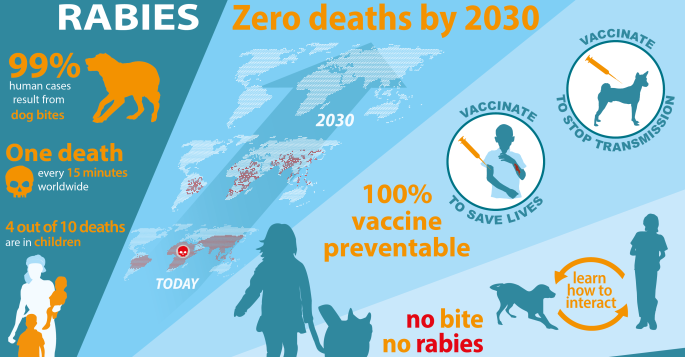
Today is World Rabies Day and marks the anniversary of Louis Pasteur’s death, the French chemist and microbiologist, who developed the first rabies vaccine.
Rabies is a viral disease. Dog-transmitted rabies accounts for about 99% of human rabies cases. It is estimated that 59,000 people die from rabies every year.
The World Health Organization is now two years into their ‘Zero by 30’ global goal. This year they released a three-phase plan to end human deaths from dog-transmitted rabies by 2030. “The plan ensures support to countries in developing national plans, and provides innovative training and education tools across regional rabies networks,” said Dr. Bernadette Abela-Ridder
Phase 1: START UP. We will build a strong foundation for rabies elimination by preparing and improving normative tools and structures to catalyse action. Key activities include supporting countries to prepare robust, budgeted, effective and sustainable national rabies elimination plans following a One Health approach; and facilitating the coalescence of these plans into a coordinated regional effort.
Phase 2: SCALE UP. This is where we engage and involve the most countries in rabies elimination. Using the strong foundation established in Phase 1, refined and improved with learning and experience, we will expand our efforts and truly go global.
Phase 3: MOP UP. Phase 3 is the last mile. We will engage remaining countries in the fight to eliminate rabies, and continue to support country efforts as communities, nations and regions advance to reach “Zero by 30”.
Rabies is 100% preventable by ensuring access to life-saving treatment following dog bites; and by vaccinating dogs to reduce risks and ultimately to eliminate the disease at its animal source. Maricopa County requires that dogs be vaccinated for rabies virus once every three years after they have completed their puppy series. Puppies receive a rabies vaccine at 12 weeks of age and then one booster a year later. For felines, the rabies vaccine is given yearly.
If you have any questions on Rabies, vaccination, or if your dog/cat is protected, give us a call at 480-368-1741
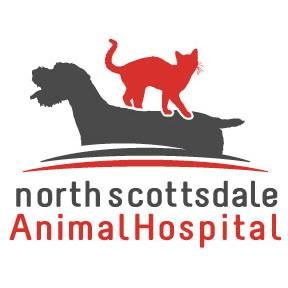

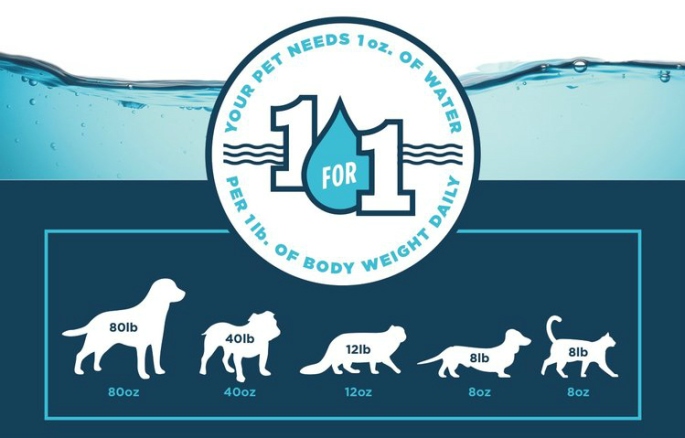
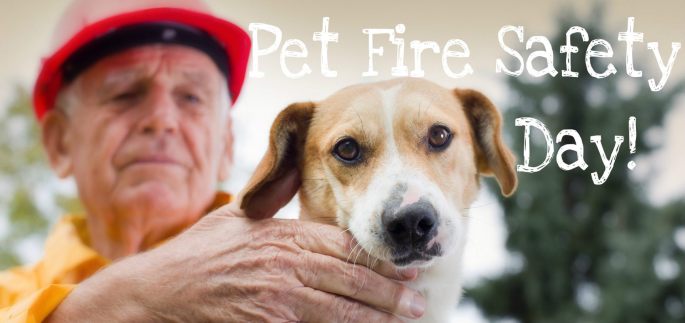
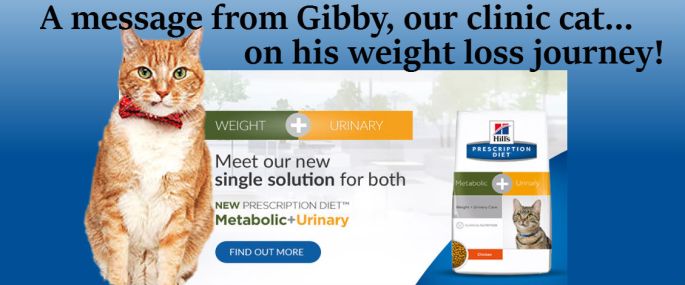
![goob41[21139] goob41[21139]](https://i0.wp.com/northscottsdalevet.wordpress.com/wp-content/uploads/2016/08/goob4121139.jpg?w=224&h=224&crop=1&ssl=1)
![goob44[21142] goob44[21142]](https://i0.wp.com/northscottsdalevet.wordpress.com/wp-content/uploads/2016/08/goob4421142.jpg?w=224&h=224&crop=1&ssl=1)
![goob43[21141] goob43[21141]](https://i0.wp.com/northscottsdalevet.wordpress.com/wp-content/uploads/2016/08/goob4321141.jpg?w=224&h=224&crop=1&ssl=1)

